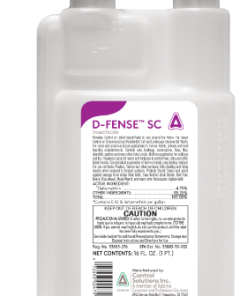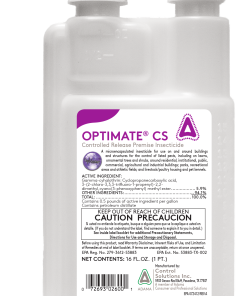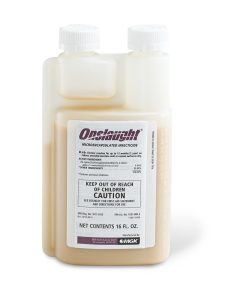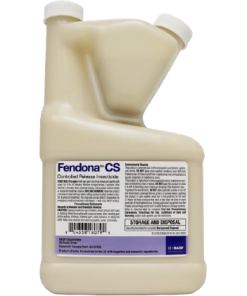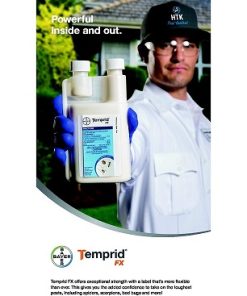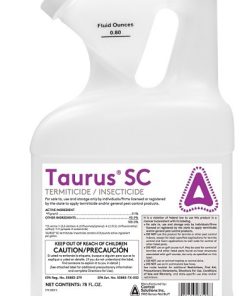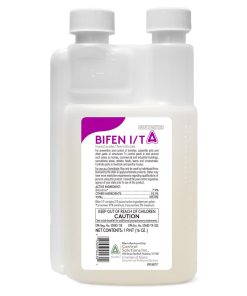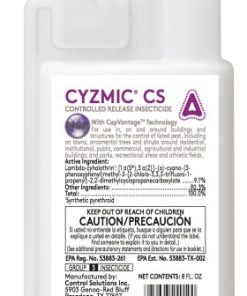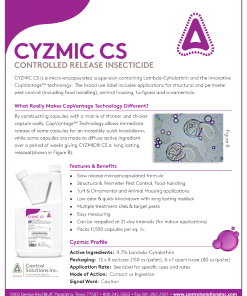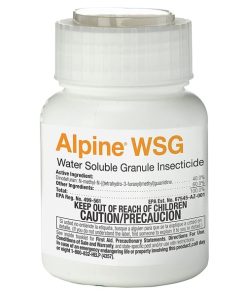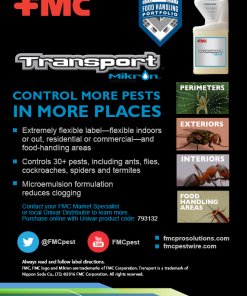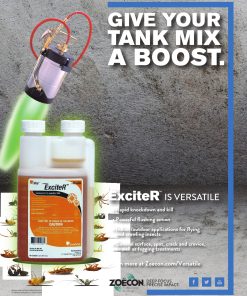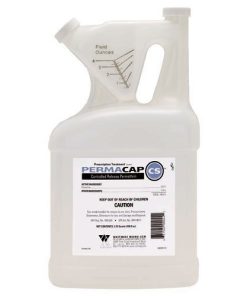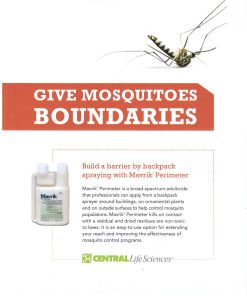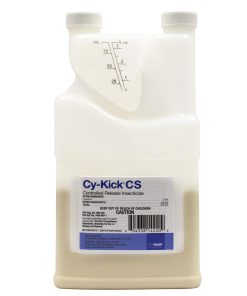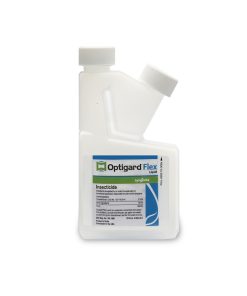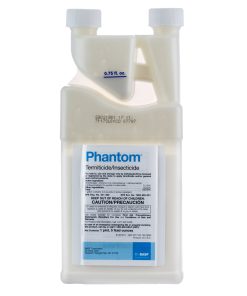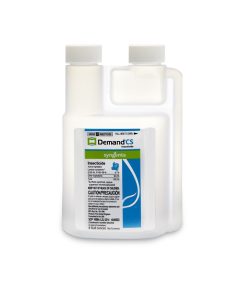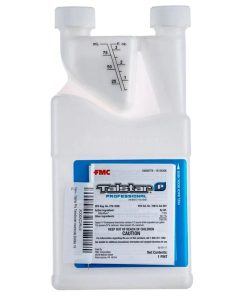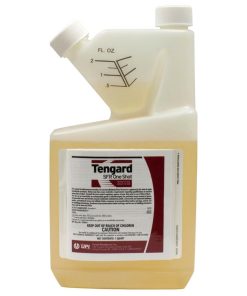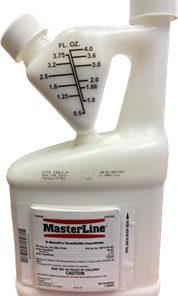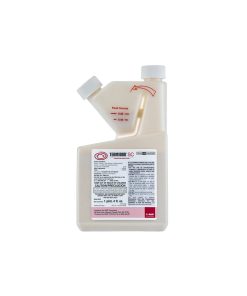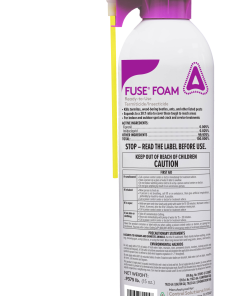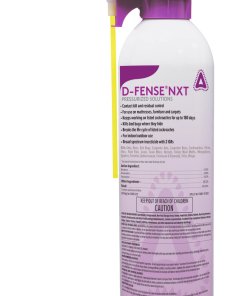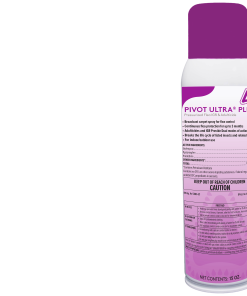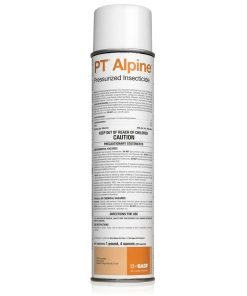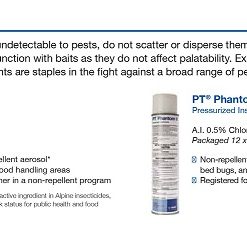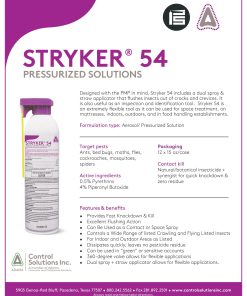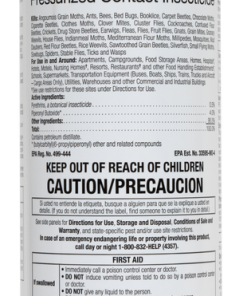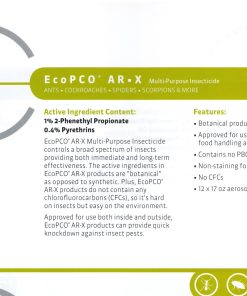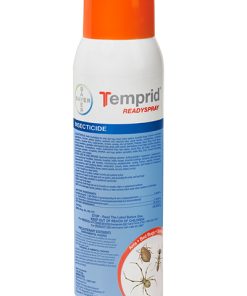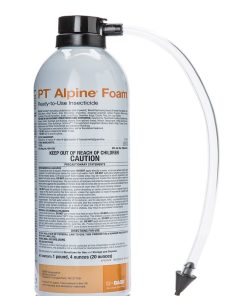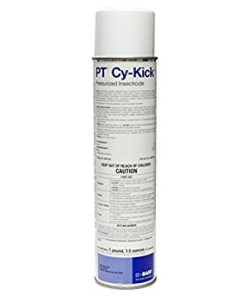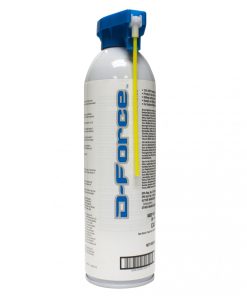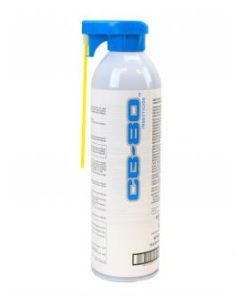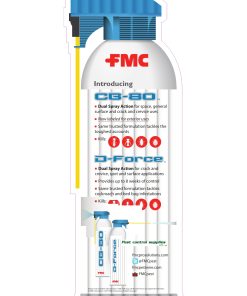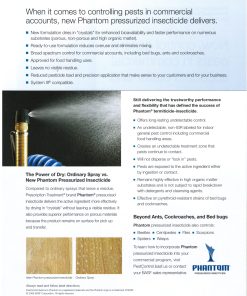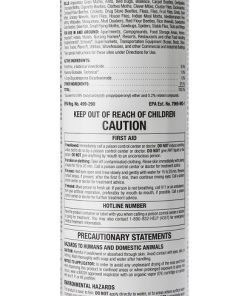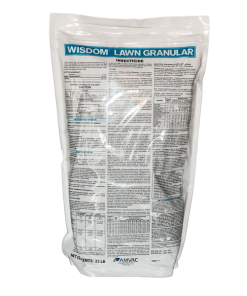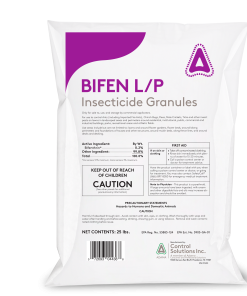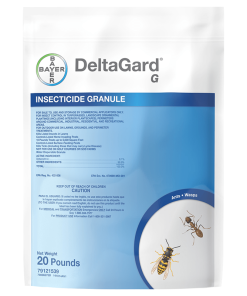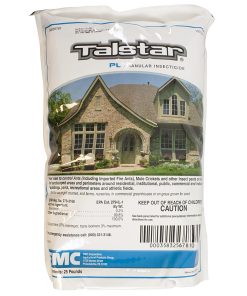springtail control
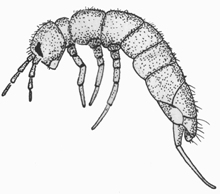
Sometimes mistaken for fleas, springtails are about 1/16th of an inch long and vary in color from nearly transparent, to white to dark gray. They are wingless, and move by crawling or jumping. The jumping motion for which they are known is made possible by a forked tail attached to the underside of the abdomen and bent forward under the body. When this spring is released, the motion propels the insect upward and forward for a distance several times the insects tiny length.Springtails feed on algae, fungi, and decaying vegetable matter and are abundant only in damp, moist or very humid locations. Indoors, this might include kitchens, bathrooms, moist basements, soil of potted plants, and around window frames. Outdoors, springtails are one of the most valuable ~recyclers~ in the soil ecosystem. They break down organic matter so the nutrients can be reused by growing plants.Springtails are harmless. They do not damage anything within houses or buildings, but are annoying because of their presence. Springtail activity in food warehouses or commercial kitchens may be reason for action by a health inspector. Springtails often become abundant in overwatered, potted houseplants, though they do no harm to established plants. Since springtails are generally restricted to moist or humid habitats, eliminating moist places of concealment by lowering the humidity or removing excess moisture will be the best means of control. The actual procedure to accomplish this will depend on the situation, although fans or dehumidifiers are one idea.ControlA residual insecticide such as Tempo or Suspend can be used to control springtails, though insecticide application alone may not provide elimination in all situations. Springtails are commonly found where there are sources of moisture. Any means to provide a drying effect in the home is very effective. Avoid over-watering potted house plants and allow the soil to dry between watering, if possible.Outdoor residual sprays such as Talstar, Demand, Tempo, or Suspend can be applied around the house foundation (as a perimeter treatment), in mulched shrubbery, in flower beds, in grassy areas, and can be effective in reducing springtail populations.
Insecticide Concentrates
– These concentrates are mixed with water and used in a compressed hand held sprayer to make your application.
Spray Concentrates
Spray Concentrates
Spray Concentrates
Spray Concentrates
Spray Concentrates
Spray Concentrates
Spray Concentrates
Spray Concentrates
Cyzmic CS Micro encapsulated insecticide 8 oz. (Same as Demand CS)
Spray Concentrates
Spray Concentrates
Spray Concentrates
Spray Concentrates
Spray Concentrates
Spray Concentrates
Spray Concentrates
Spray Concentrates
Spray Concentrates
Spray Concentrates
Spray Concentrates
Spray Concentrates
Spray Concentrates
Spray Concentrates
Spray Concentrates
Spray Concentrates
Spray Concentrates
Aerosols & Ready to Use Products
These “ready to use” products are convenient and great for a contact kill and great for flushing out insects. Most offer great residual properties as well.
Aerosols & Ready To Use Products
Aerosols & Ready To Use Products
Aerosols & Ready To Use Products
Aerosols & Ready To Use Products
Aerosols & Ready To Use Products
Aerosols & Ready To Use Products
Aerosols & Ready To Use Products
Aerosols & Ready To Use Products
Aerosols & Ready To Use Products
Aerosols & Ready To Use Products
Aerosols & Ready To Use Products
Aerosols & Ready To Use Products
Aerosols & Ready To Use Products
Aerosols & Ready To Use Products
Aerosols & Ready To Use Products
Aerosols & Ready To Use Products
Insecticide Granules
These “ready to use” granular crystals are convenient and great for a contact kill and have a great residual properties for the exterior. They fall down into and under landscape material such as turf, rock or mulch to target problem pests.
Insecticide Granules
Insecticide Granules
Insecticide Granules
Insecticide Granules
Insecticide Granules
Tips For Control
Since springtails are generally restricted to moist or humid habitats, eliminating moist places of concealment by lowering the humidity or removing excess moisture will be the best means of control. The actual procedure to accomplish this will depend on the situation, although fans or dehumidifiers are one idea.
Outside the home, remove excessive mulch, moist leaves, prune shrubbery and ground cover, and eliminate low, moist areas around the house foundation to permit proper air circulation. Remove wet, moldy wood or other moldy items.

